If you follow the Recollections blog, you may have noticed that I enjoy writing about dolls and novelty items from history. It’s true, I like all things cute. The history of dollhouses has been a topic I’ve looked forward to covering here for some time. I collect dollhouse furniture and have said for many years that once I get really settled in my own place that I will put everything into my own dollhouse. I think that it is about time for me to make good on the promise.
I have selected a few of the big dollhouse trends and evolutions through time to share here today and would love to know if we have any enthusiasts in our community.
Nuremberg kitchens
Everything I have read about the history of dollhouses refers to Nuremberg kitchens as the first recorded miniature houses created for novelty purposes. While miniature items have been found in excavated tombs dating back hundreds of years (notably in Egypt), historians seem to agree that they were items used for religious purposes and not for play or for collectible purposes.
Nuremberg kitchens, on the other hand, were made to imitate a modest home and are believed to have been used for instructional purposes. And when I say “are believed,” I say that because having read many articles on the topic, it is my belief that they were children’s toys that reflected the societal expectations put on girls at the time. Dating to 16th century Germany, they were intricate, handmade items that wouldn’t have been purchased by families who expected that their girls would grow up to have much hands-on activity in the kitchen. Instead, I think they were meant to instill a love of home and domestic life to the girls they were gifted to.
Nuremberg kitchens followed a standard design of a small square or trapezoid-shaped box of sorts, decked out with more kitchen supplies than I’ve ever owned. Here are some gorgeous examples:


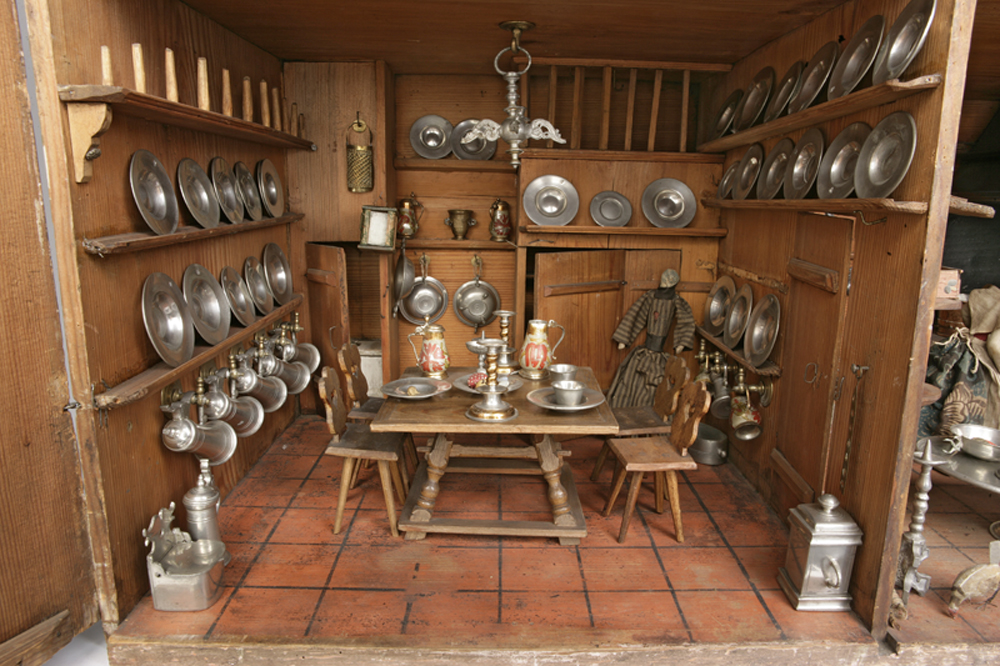
Baby Houses
Baby Houses took what was started with the Nuremberg kitchens and enlarged it. They became popular gifts for girls in the 18th century and were reserved for the very wealthy who could afford to have small-scale replicas of their own homes or homes they knew of, made.
Once again I have found many references to baby houses being used in the 18th and early 19th centuries as instructional items to teach girls how to manage a household and once again I believe this to be an incorrect conclusion. Baby houses given as gifts during this time were reserved for the extremely wealthy. Families who had these items in their homes were not bringing girls up to understand the many practical aspects of running a home as they had staff reserved for that purpose. I see them as extravagant gifts and nothing more (though remarkable gifts they were!).
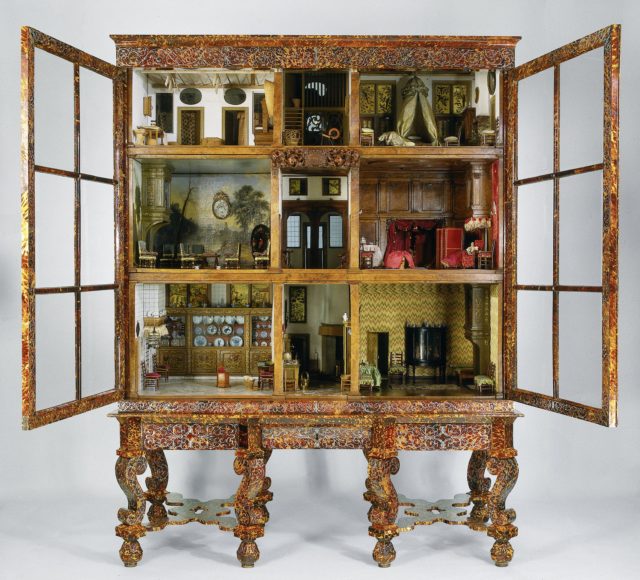
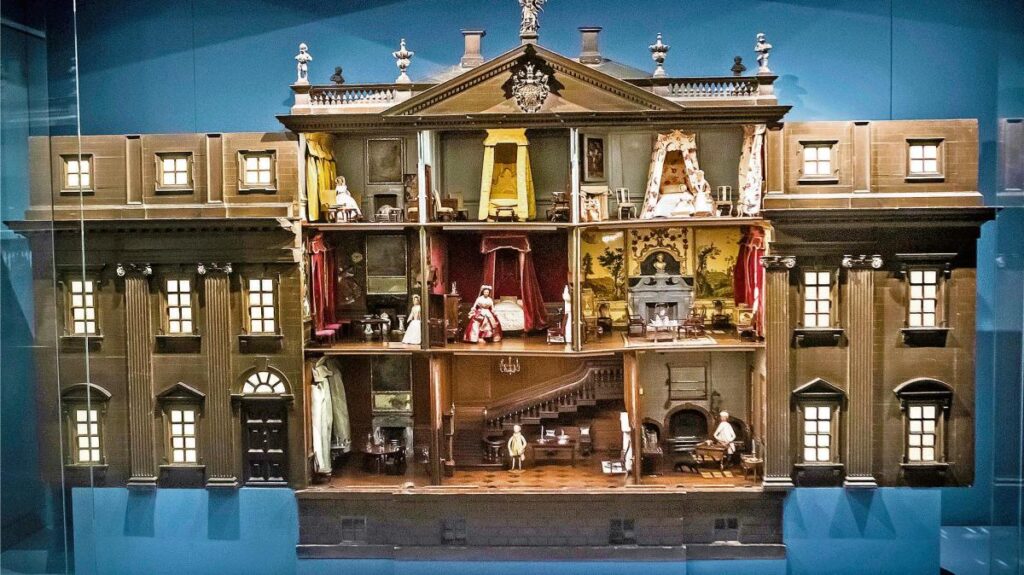
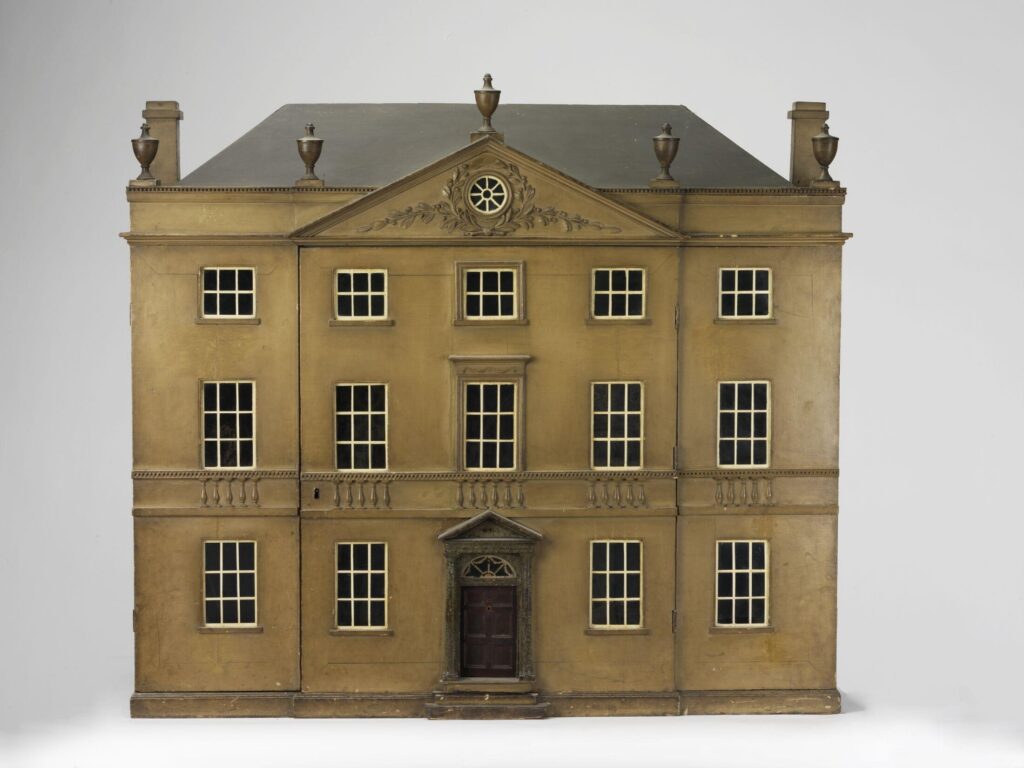
Bliss Manufacturing Company
Once the Industrial Revolution took off, mass manufacturing of dollhouses was a natural trend. Some cite this as the time that dollhouses emerged as toys, but as I’ve pointed out, they were already children’s playthings and instead just became available to more children from the Victorian era on. All dollhouses before this were truly precious items, but with the advancement of manufacturing possibilities, we see toymakers get really creative during this time.
One of the first companies to become famous for their “off the shelf” dollhouses was the Bliss Manufacturing Company. If I was a toy history blogger rather than a fashion history blogger, I’d dive deep into this company’s background, as they are considered very influential.
The company was started in the early 1800s and when they began producing dollhouses in the 1890s, they styled them after the still-famous German dollhouses. The founder, Rufus Bliss, has a strong interest and preference for lithography-heavy toys and the dollhouses had striking bright pieces to the exterior made using this technique. For many years they were popular children’s gifts, but I am including them in this post as they have become wildly popular with contemporary collectors.
I don’t think I’d mind having one in my collection. I may have to wait, however. The price for Bliss dollhouses begins at no less than $600 and can go to a few thousand.
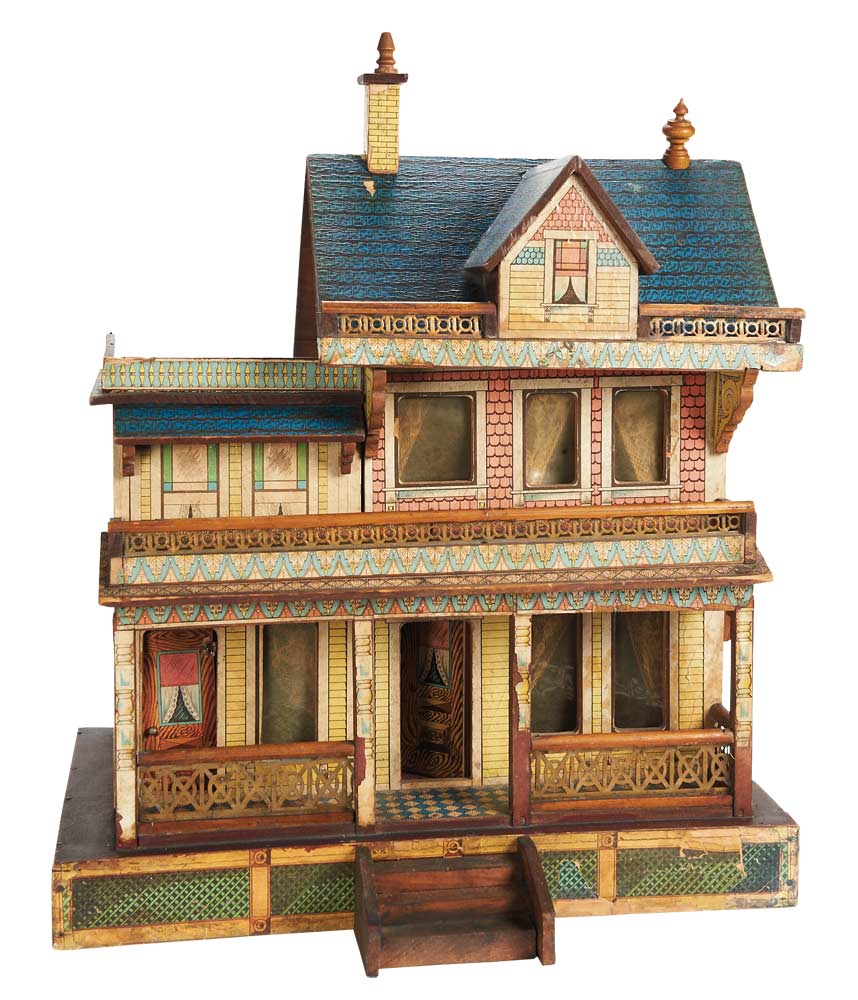
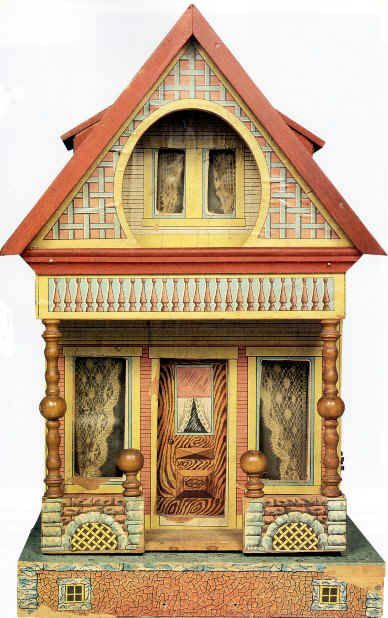
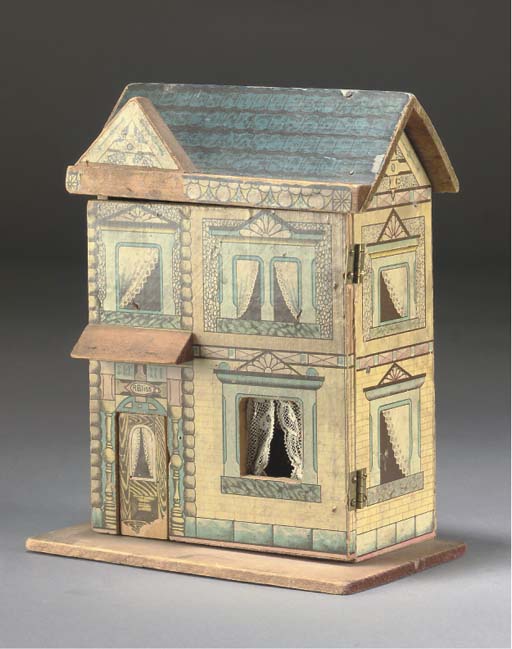
Dolhouses today
It has been so much fun to see enthusiasm for dollhouse “stuff” and miniatures in general become a major trend recently. It wasn’t long ago that I had friends poke fun at me for my general interest in all things tiny and in one day having my own dollhouse. Now, I have an interest that is appropriately trendy, albeit unique.
I thought it would be fun to share some of my favorite sources for dollhouse and miniatures information and viewing pleasure. Do you have one to add to my list? Please include in the comments.
Messy Nessy (also one of my favorite websites in general)
Katie Anne Crafts & Miniatures
Love cute things? You may also enjoy:
Before fashion magazines there were fashion dolls
Before selfies and text messages were friendship books

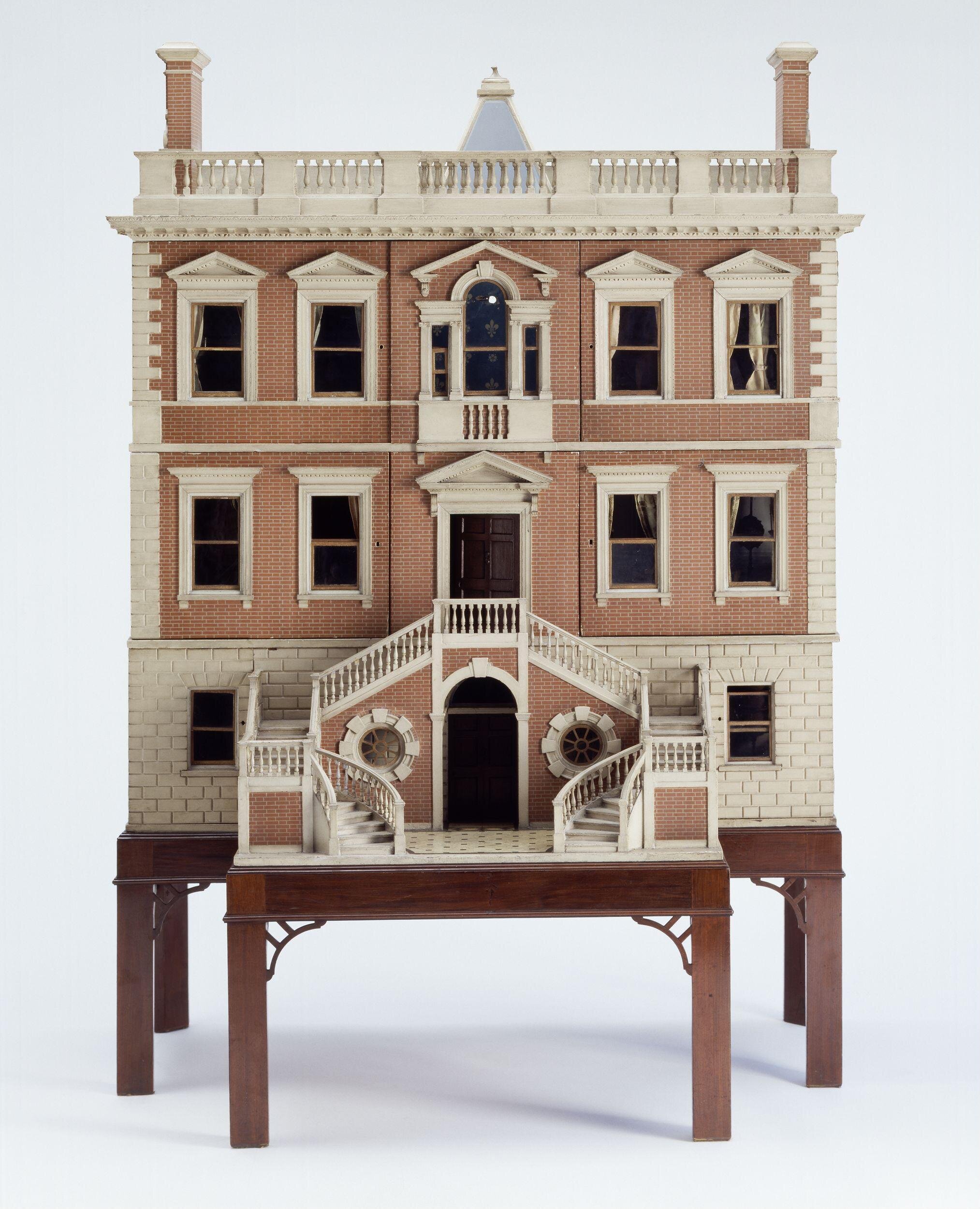


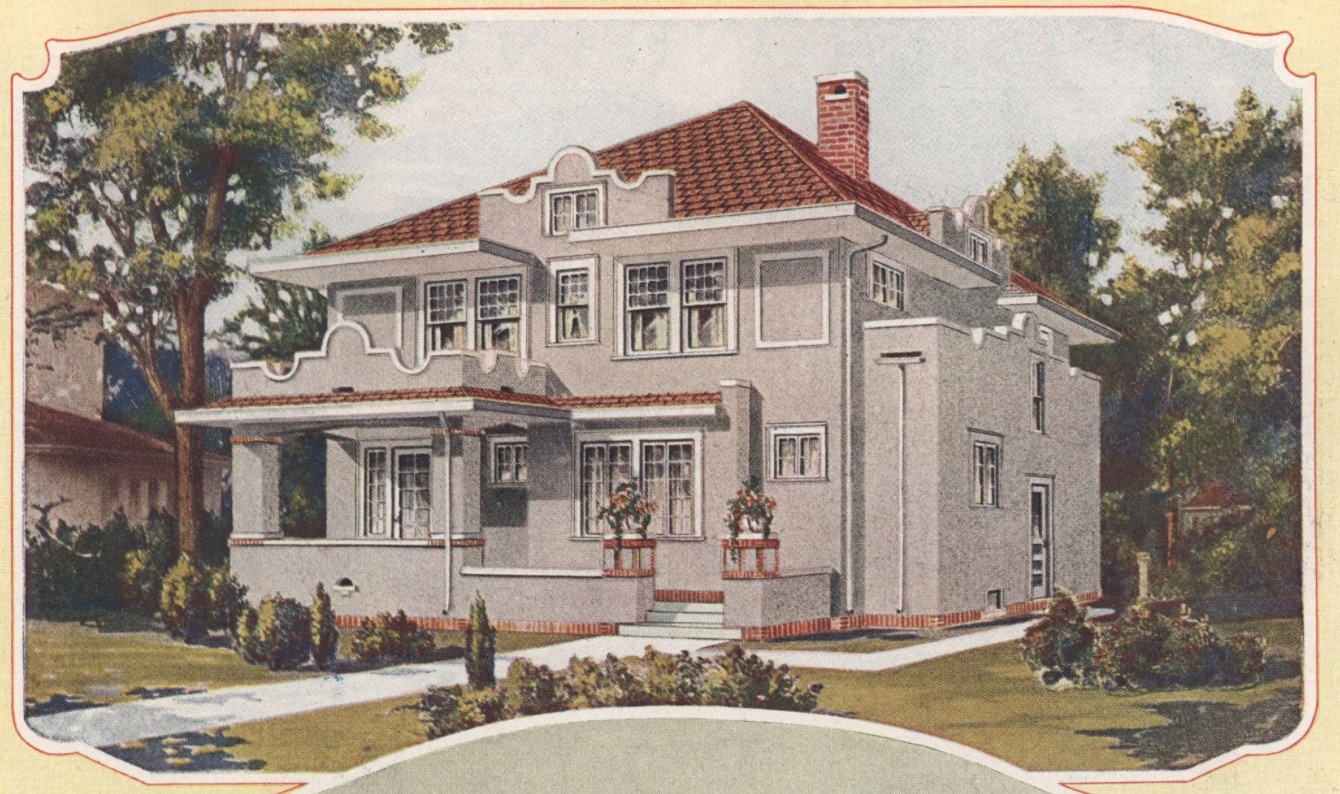



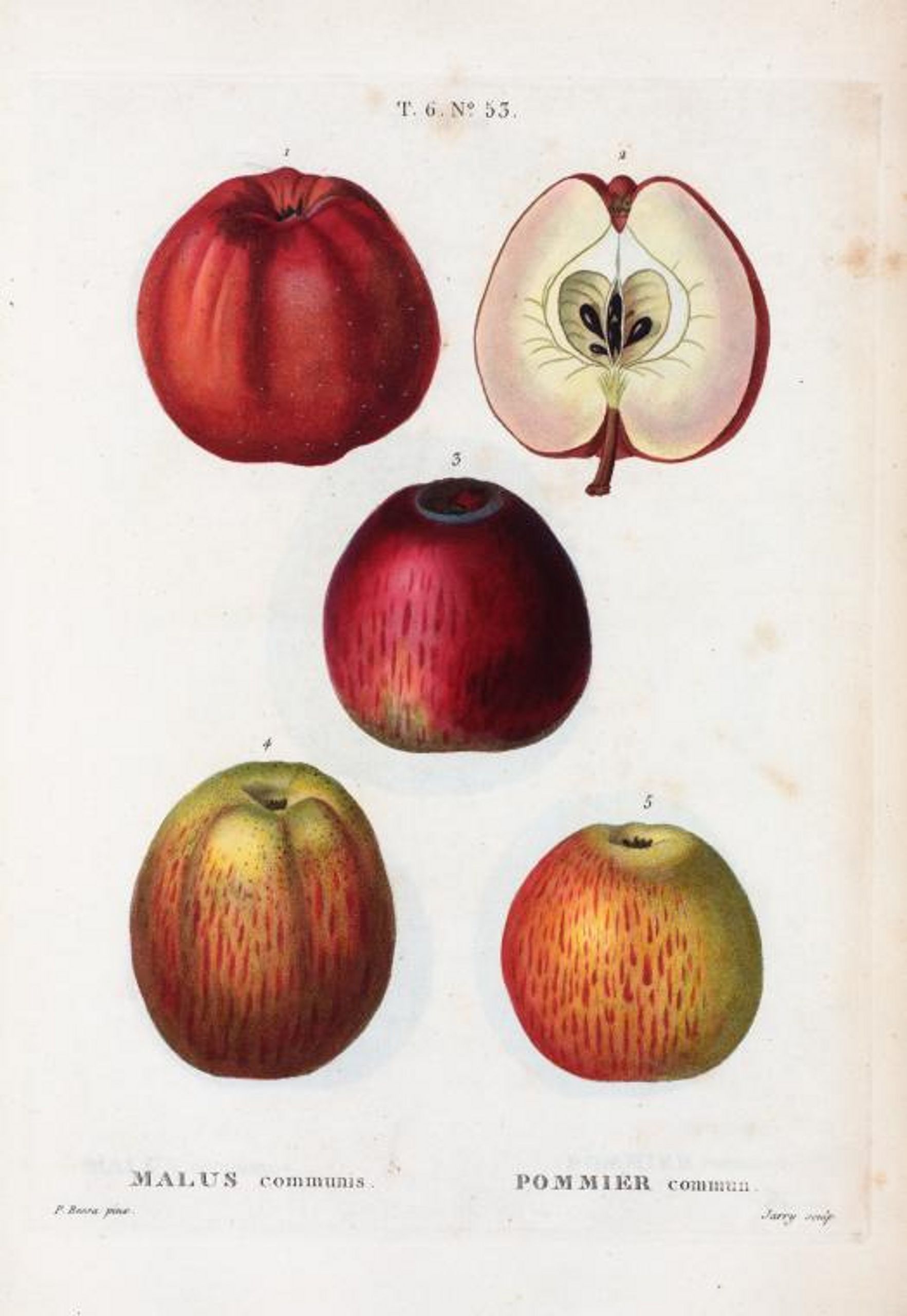
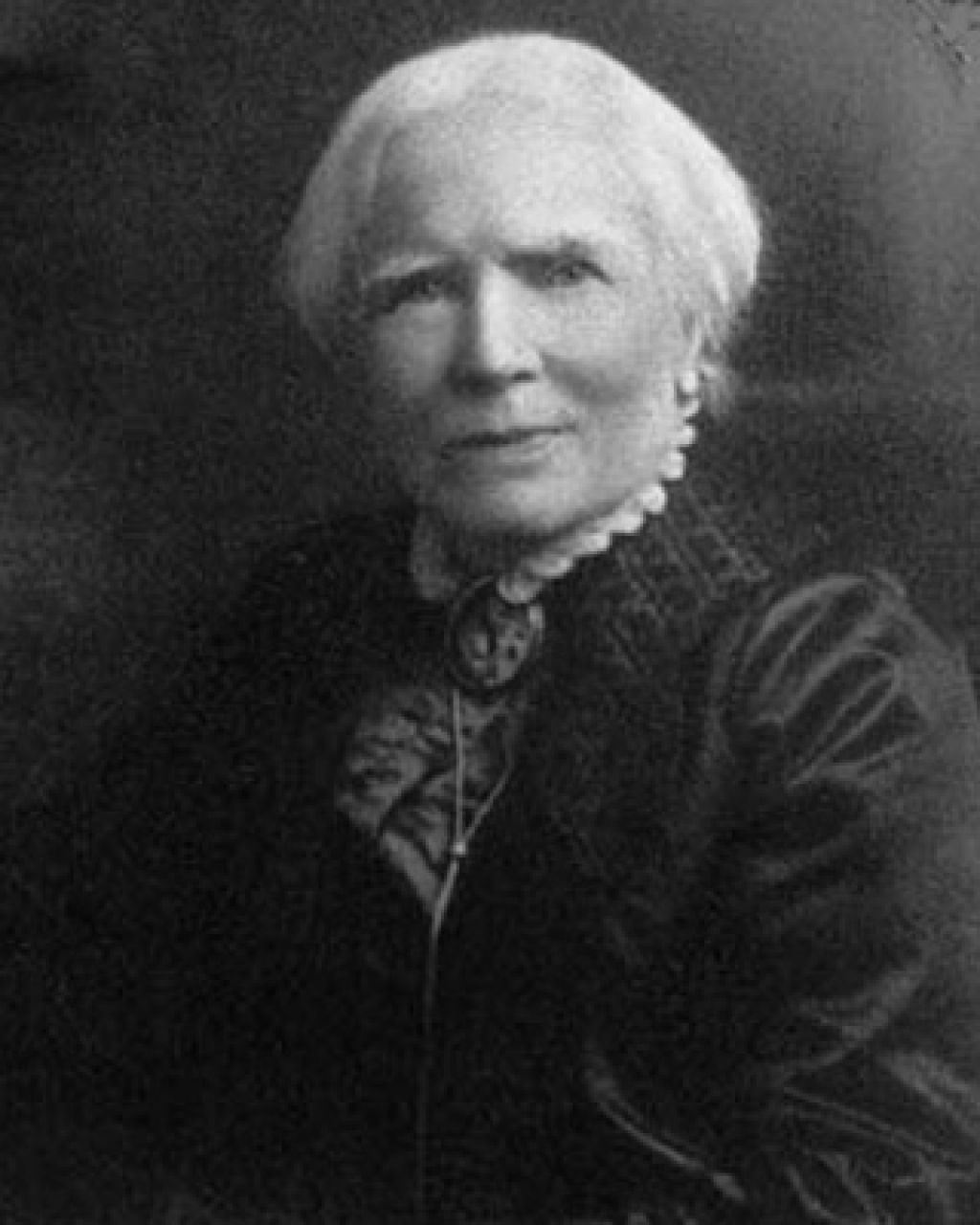

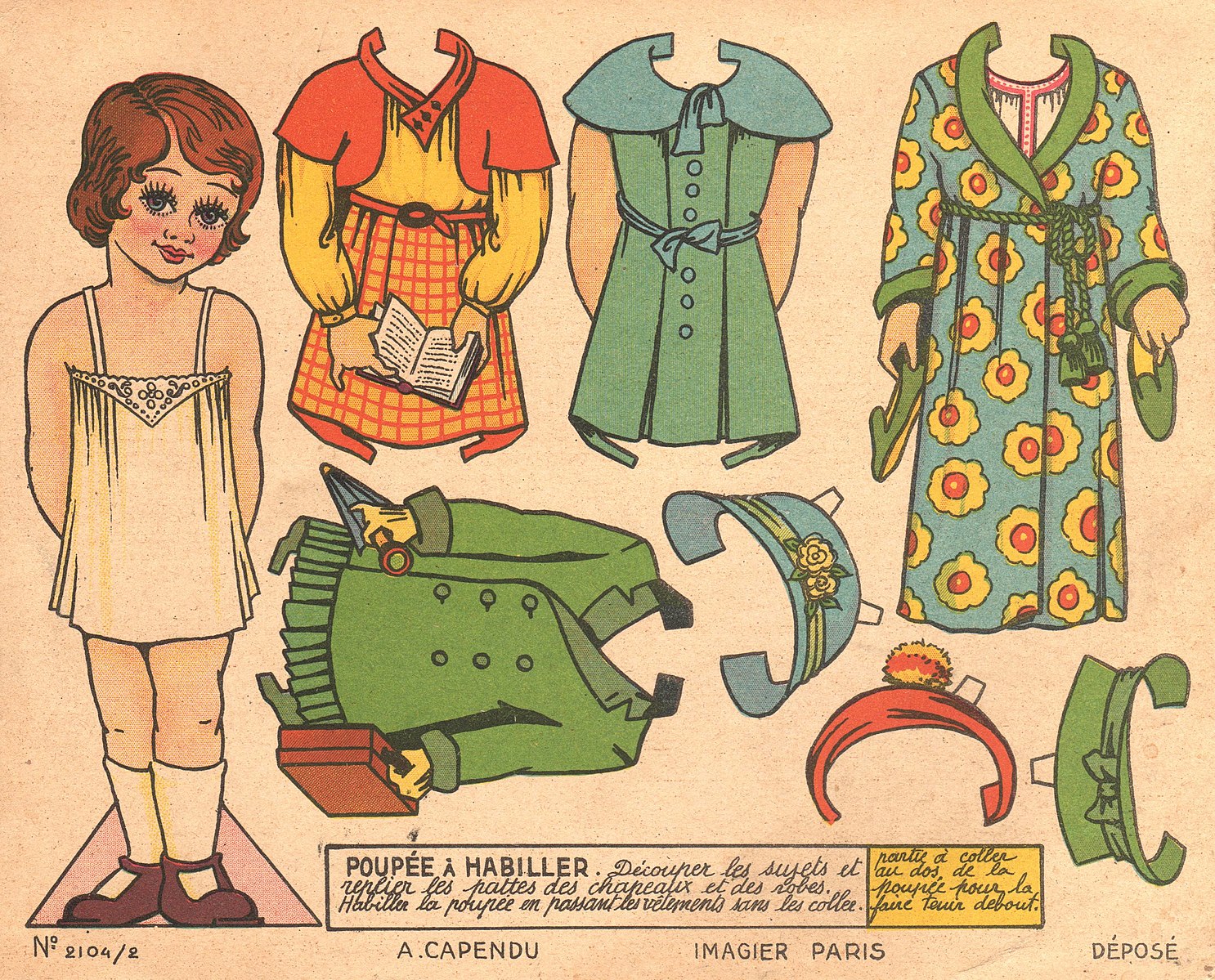
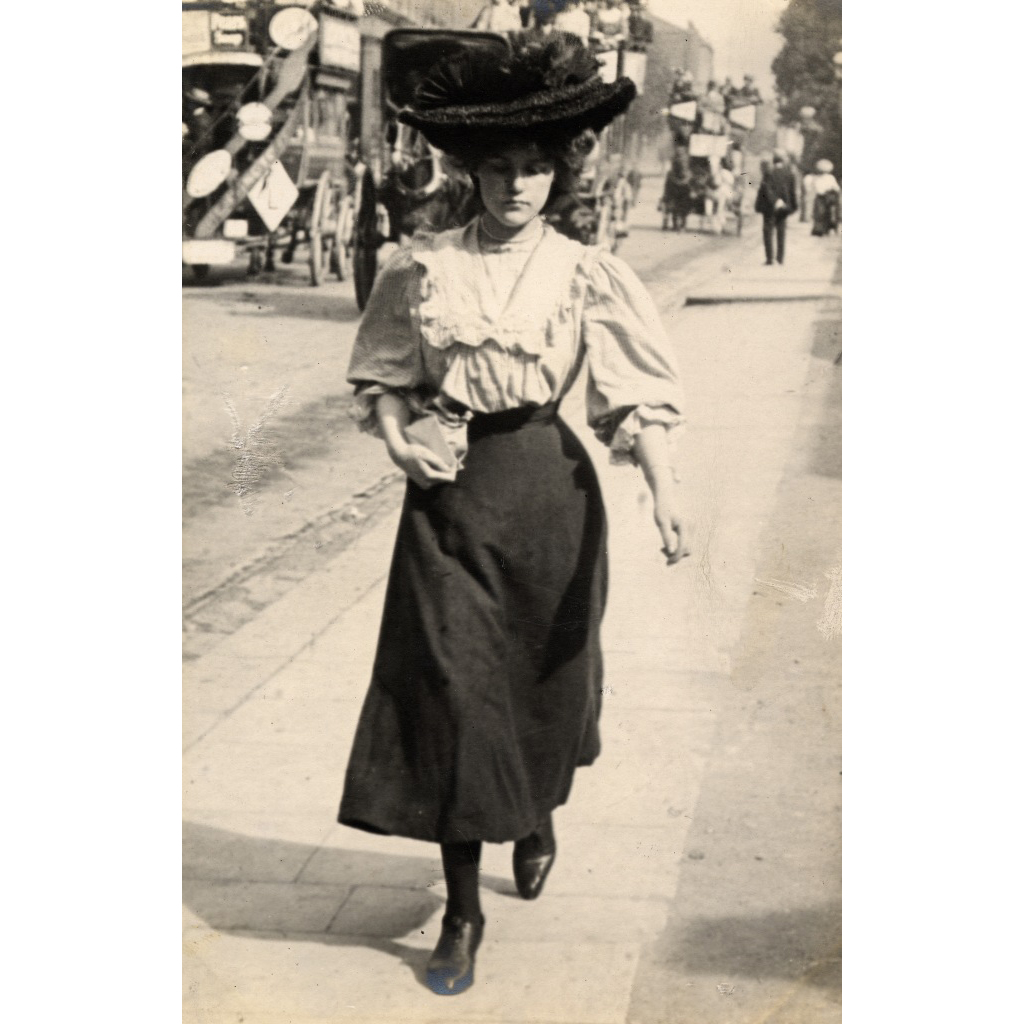
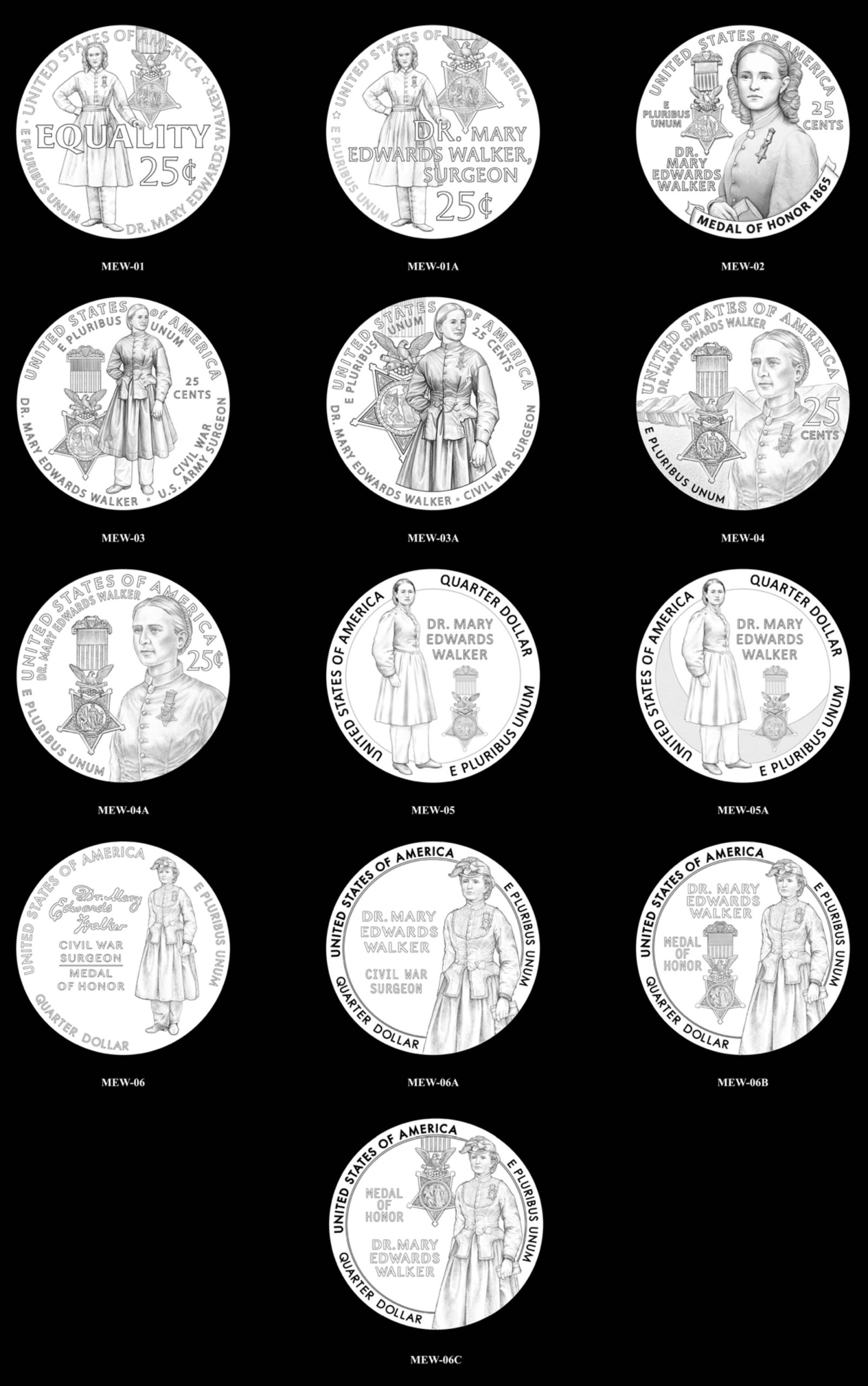
Thank you so much for your input, Michelle! Such good points. Thank you for reading! I guess I’m still a bit skeptical, but it has taken me to investigate a new topic for another post: domestic instruction for girls in the Victorian era. I’ll see what I can uncover!
Janice, I discovered your blog whole searching for information on Margaret Tobin Brown. I am in love.
One thing I would like to point out – while I agree that early doll houses were to costly for the average family, it would not be unusual for a daughter of wealthy parents to be instructed in the running of a home. Though these girls were expected to have cooks, housekeepers and maids, they were taught how a home should be properly run. The wife in these homes would be expected to spend time with the Housekeeper discussing things to be done that day – perhaps prepare the home for a luncheon or even a ball for example. Also she would be expected to notice that her staff was doing their jobs. As for the kitchen, while she would most likely not do any cooking or cleaning she was expected to learn what comprised a full set of formal dinnerware including the flatware, as well as a properly equipped kitchen. It was her job to be sure these items were ordered and paid for even if the actual ordering fell to the housekeeper or butler. One would want a home done in one’s own tastes and a proper lady would not allow her housekeeper to make the decisions in the home without her input. Therefore, a beautiful fully equipped dollhouse would be an instructional tool. Much as you and I learned properly manners having tea parties with our mothers.
Sorry this was so long. Thank you forctaking the time to read it.